
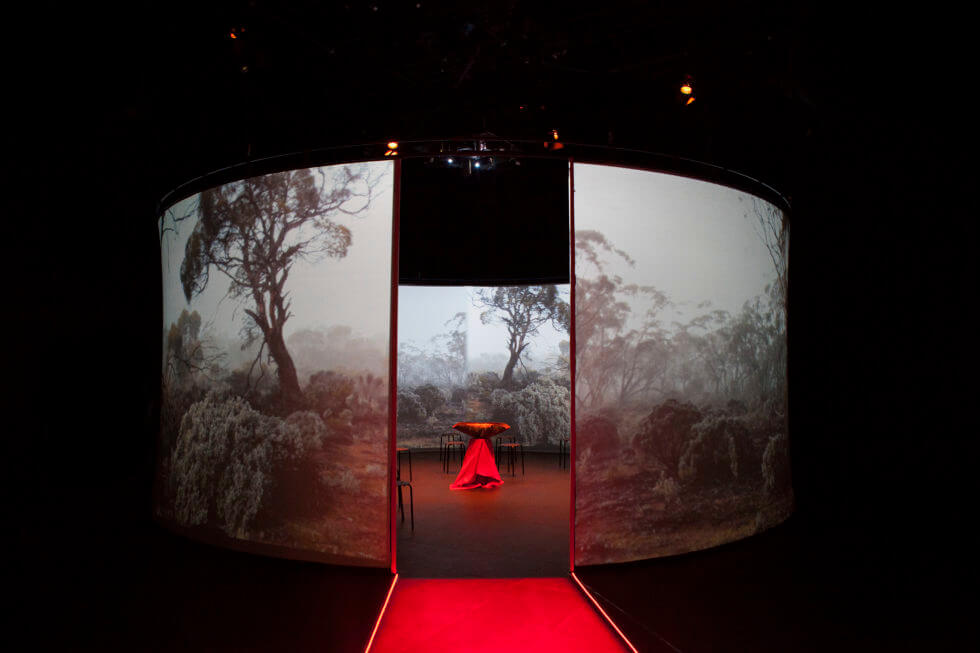
Paul Frederick Brown, University of New South Wales
"Involving over 50 creative artists – Alphaville Arts produced multi-arts storytelling by atomic survivors – indigenous communities, service personnel and civilians affected by atomic testing. Includes two immersive projections: • 'Ngurini' (searching) – forced relocation and intergenerational response of Pitjantjatjara Anangu after Britain‘s atomic testing at Maralinga in South Australia. • '10 Minutes to Midnight' – re-imagining the Maralinga experiments using archival material and surround sound. 'Nuclear' explores 'unruly' elements of the A-bomb and ongoing experimentation that plays out in the changed lives of survivor communities and environments; also contextual knowledge and art-politics of the recent South Australian Royal Commission into nuclear industry."
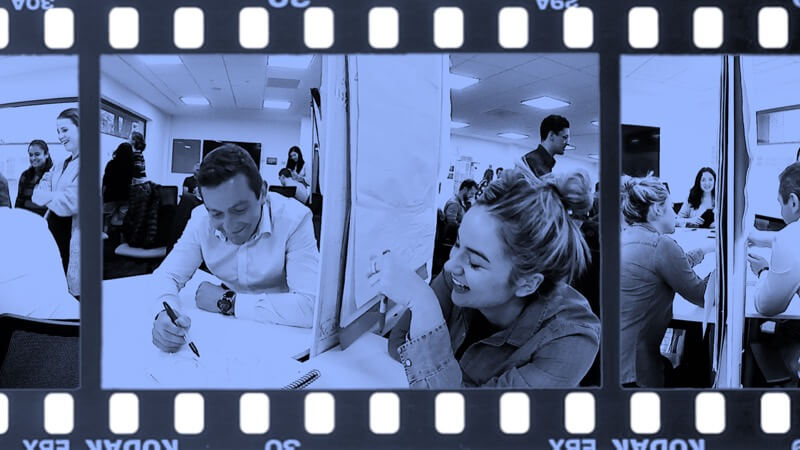
Allen Higgins, University College Dublin
"Involving over 50 creative artists – Alphaville Arts produced multi-arts storytelling by atomic survivors – indigenous communities, service personnel and civilians affected by atomic testing. Includes two immersive projections: • 'Ngurini' (searching) – forced relocation and intergenerational response of Pitjantjatjara Anangu after Britain‘s atomic testing at Maralinga in South Australia. • '10 Minutes to Midnight' – re-imagining the Maralinga experiments using archival material and surround sound. 'Nuclear' explores 'unruly' elements of the A-bomb and ongoing experimentation that plays out in the changed lives of survivor communities and environments; also contextual knowledge and art-politics of the recent South Australian Royal Commission into nuclear industry."
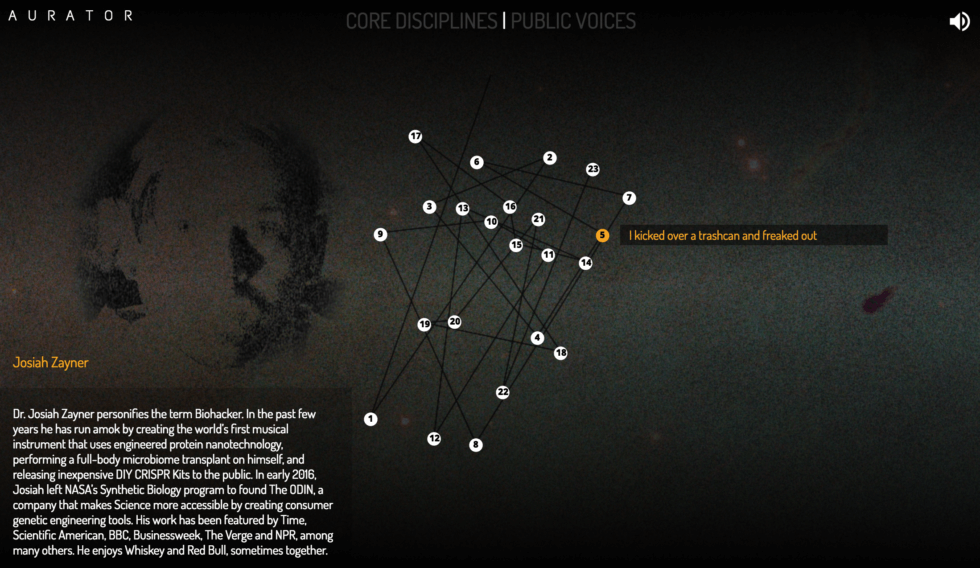
Britt Damm Wray, University of Copenhagen
Aurator (www.aurator.org), is an interactive web platform for listening and speaking back to the privately recorded audio diaries of multidisciplinary experts who work in synthetic biology. Aurator emerged from Britt Wray's PhD research at the University of Copenhagen that focuses on the role of affect and emotion in how science communication events unfold. In this experiment, several natural scientists, a social scientist, an artist, a biohacker, an entrepreneur, a watchdog, and a bioethicist were each sent an audio recorder in the mail as well as an open-ended question once a week for twelve weeks that asked them to reflect on their feelings towards synthetic biology, which users can listen and respond to with audio recordings of their own on the interactive platform. This is where science communication gets intimate.
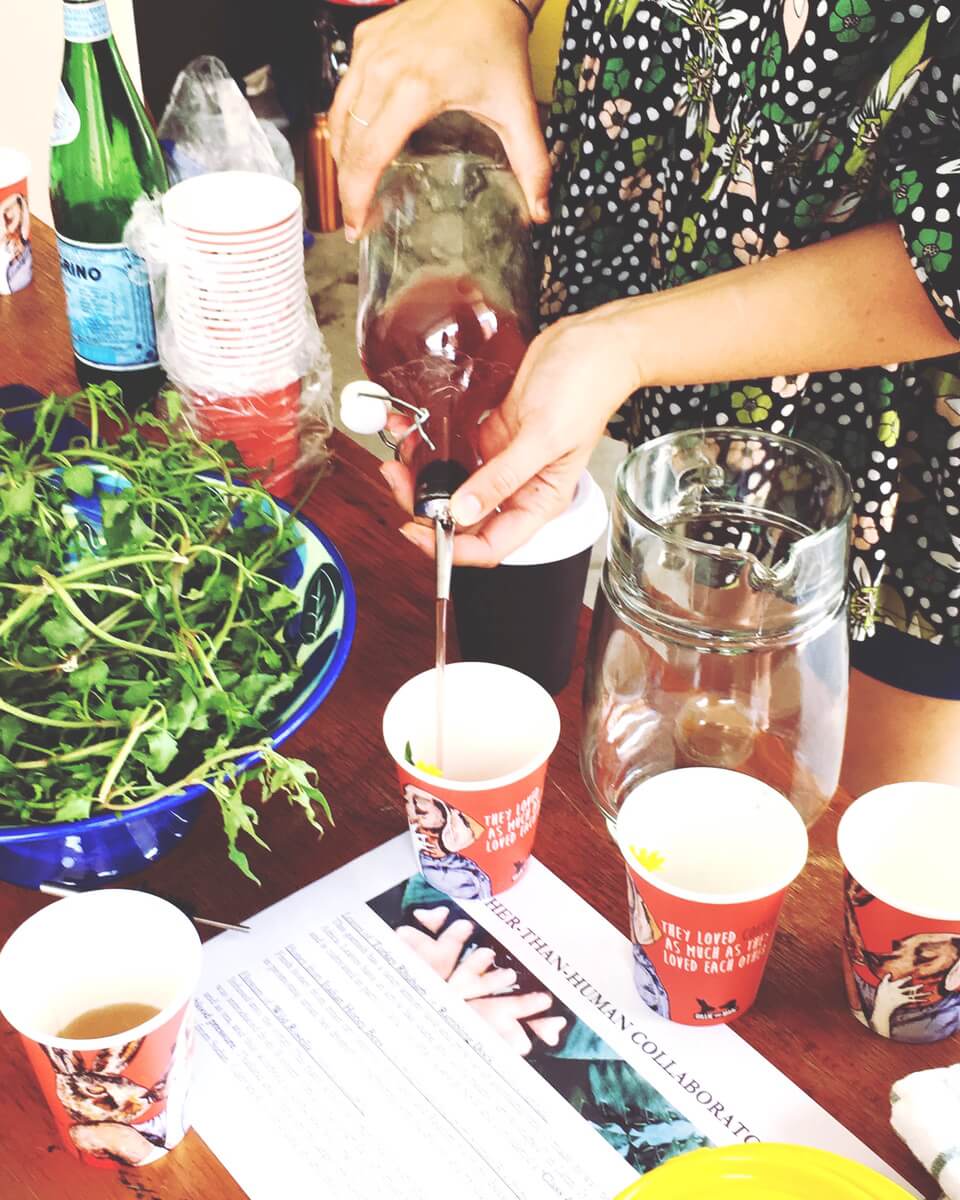
Emily Crawford;
Emily Crawford, Composting Feminism
A sensory, haptic tactical intervention to assist in the unsettling of our relationships with plants. Developing the concepts of multispecies jamming and DIY violence, a performative intervention grapples with the presumption that difference translates to ontological separation. This consumable pop up requires a valuing of plants beyond human use, opening...
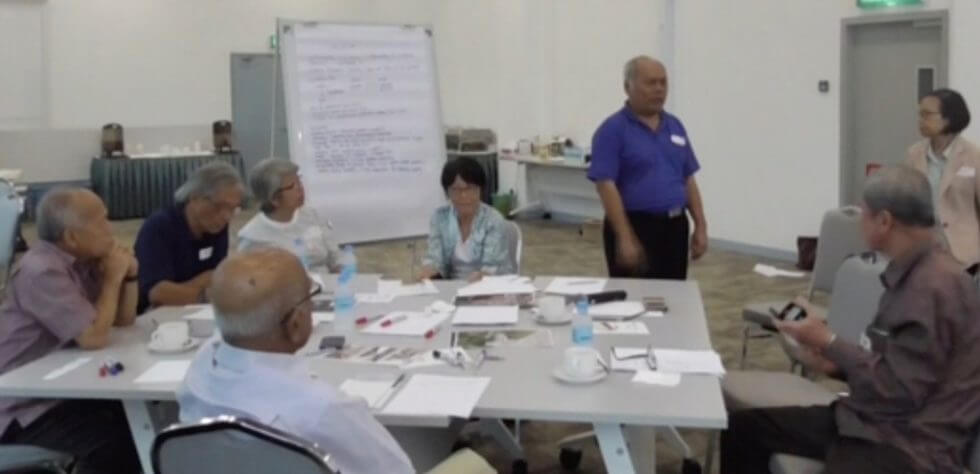
Clarissa Ai Ling Lee, Emmanuel Tsekleves, Lau Sian Lun, Sabir Giga, Hwang Jung Shan, and Yong Min Hooi
A multi-modal digital performance and accompanying poster will showcase the making and doing process that the Imaginaging team from Malaysia and Lancaster have deployed into a research project on healthy aging in an urban setting. The presentation will showcase the development of situated expertise and situated knowledges in relation to other forms of knowledge and interactional expertise; this is done through the deployment of the end product of design fictions co-created with the subjects of the research project. The overall presentation intends to capture both the affective and creative labour of the researchers and research subjects.
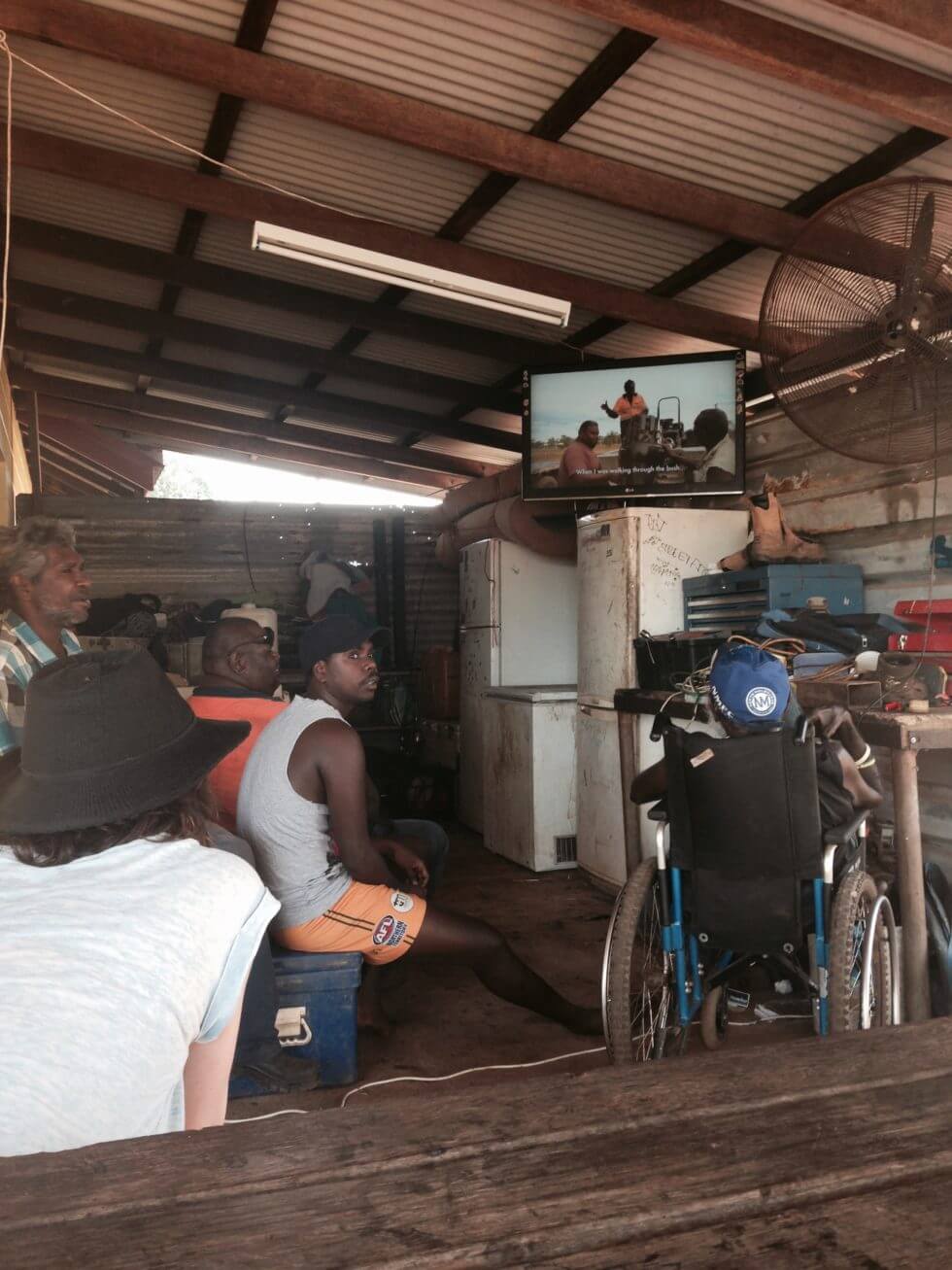
Elizabeth Povinelli, Colombia Univeristy
Most Karrabing live on a rural Indigenous community in the Northern Territory with low or no income. Their films and art works represent their lives, create bonds with their land, and intervene in global images of Indigeneity. They develop local artistic languages and forms, while allowing audiences to understand new forms of collective Indigenous agency. Their medium is a form of survivance – a refusal to relinquish their country and a means of investigating contemporary social conditions of inequality.
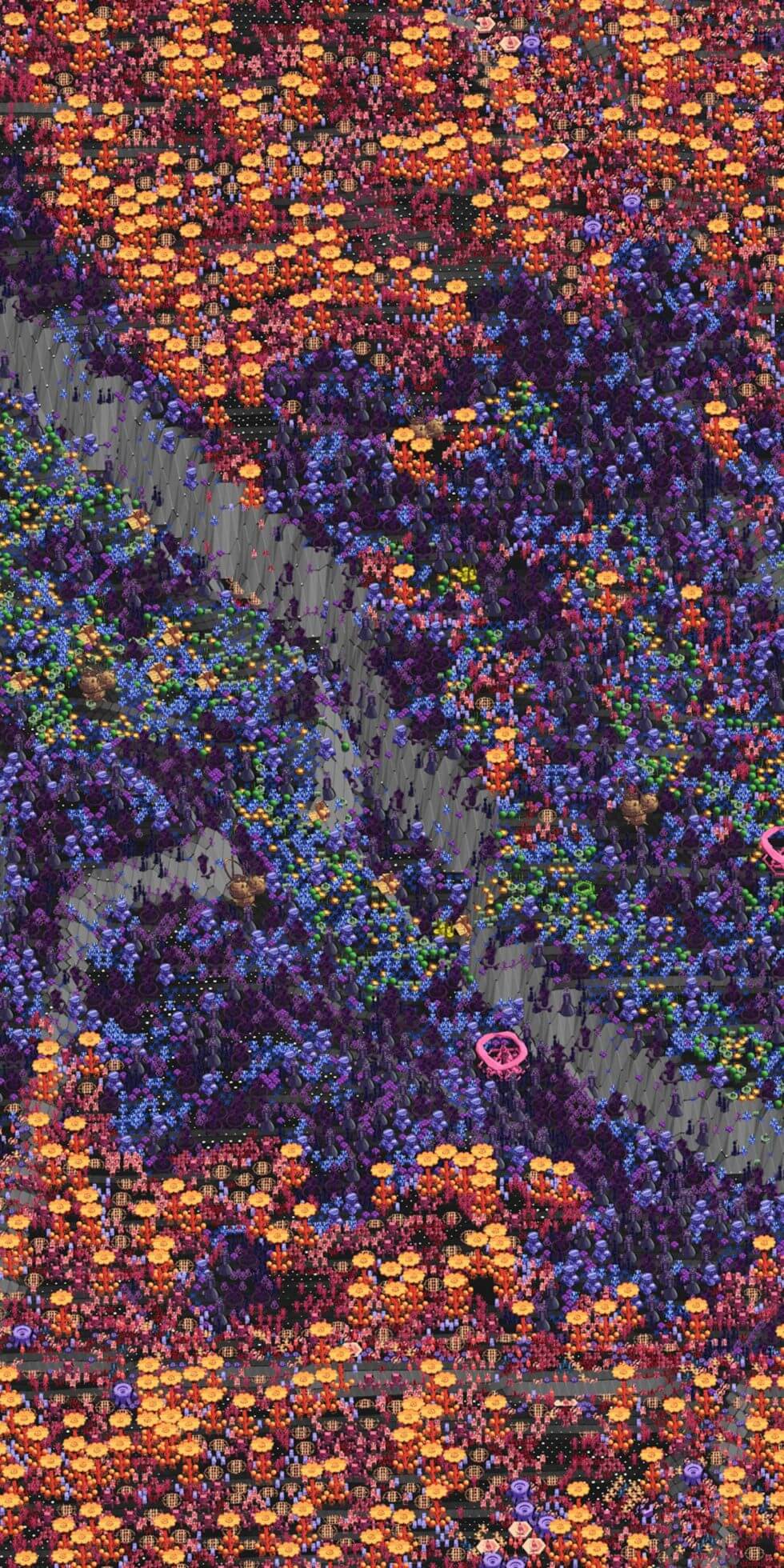
Alexander Holland;
Alexander Holland, University of Melbourne
The session explores the intersection of design and technology as a method to engage complex systems. Using insights generated from racing colonies of virtual mould across parks and codesigning bike infrastructure through digital games, it will produce an interactive performance. Extending the research into visualisation, interactivity and simulation, this event will examine what can emerge when design moves away from making static objects and instead playfully immerses stakeholders into integrated socio-cultural systems.
Remote Knowledge and Engagement
Julian Rutten, The University of Swinburne
What does it mean to be in-place within the technosphere? This research explores the potential for interactive and embedded technologies to meaningfully engage citizens with contemporary ecosystems and ecological processes. Understanding a place is a unique combination of social, technical, natural, and political arrangements. Distributed sensors, machine learning algorithms, and community engagement enhance our ability to understand the complexity that occurs at a local scale. This research explores the potential for these methods to enhance existing practices of ecological restoration.
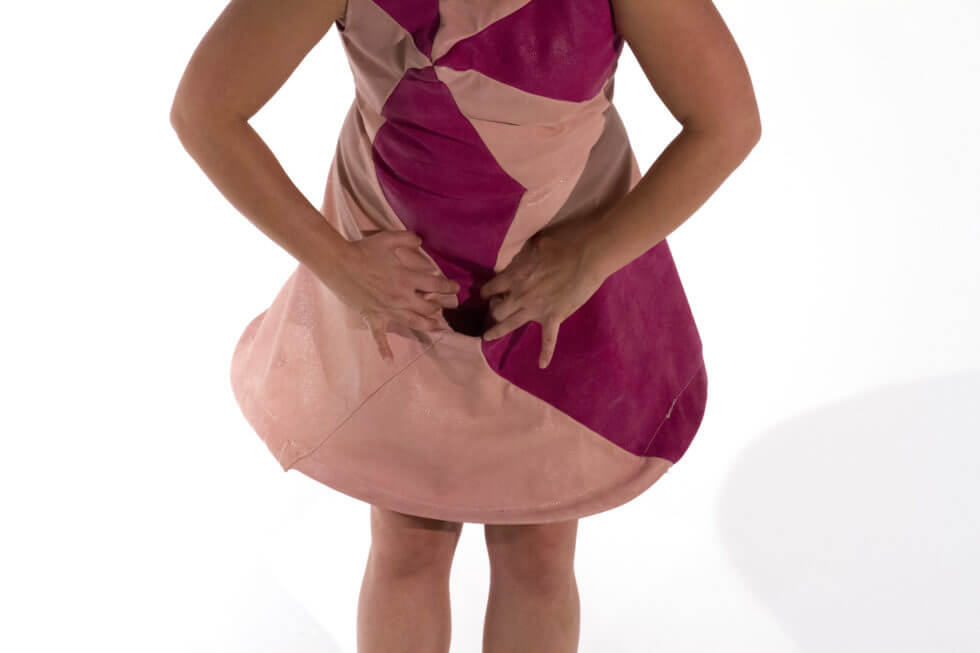
Stephen Molldrem, The University of Michigan; David Nasca, Artist; Kate O‘Connor, University Of Michigan, Ann Arbor
This booth will showcase the planning process for Science (Is Not) Fair, an event which will take place in Fall 2018 in Chicago, IL. Science (Is Not) Fair is a one-day hybrid art exhibition and academic symposium that focuses on how queer identities and bodies are shaped, affected, and often ignored by science, design practices, and biomedical systems. Our booth will include process visualizations and copies of an open-source Manual for Instigating Queer or Otherwise Radical Science Fairs: A Guide for Hustlers and Program Managers. This technical assistance document will be written as a Health Fair Manual, a genre of public health grey literature.
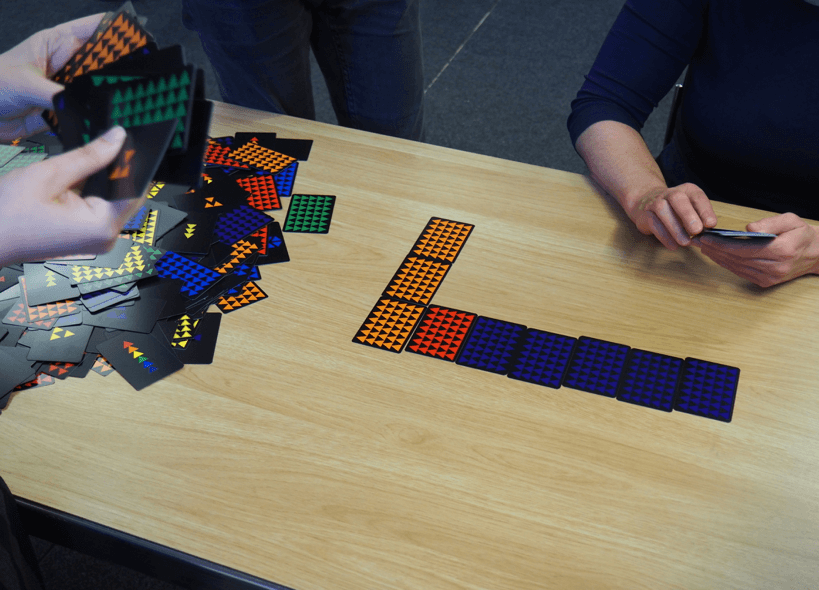
Tarsh Bates, The University of Western Australia; Erika Amethyst Szymanski, University of Edinburgh; Devon Ward, Symbiotica, University of Western Australia
We present an interdisciplinary art-STS exploration of the texture of a peculiar interspecies meeting known as SCRaMbLE, through which human biological engineers relinquish control over synthetic biology design processes and ask yeast to devise their own solutions to environmental challenges. Our work exploring SCRaMbLE through art in the form of a card game speaks to how art and STS scholarship can together explore affective dimensions of shared research questions in ways not bound by the conventions of rational scholarly discourse.
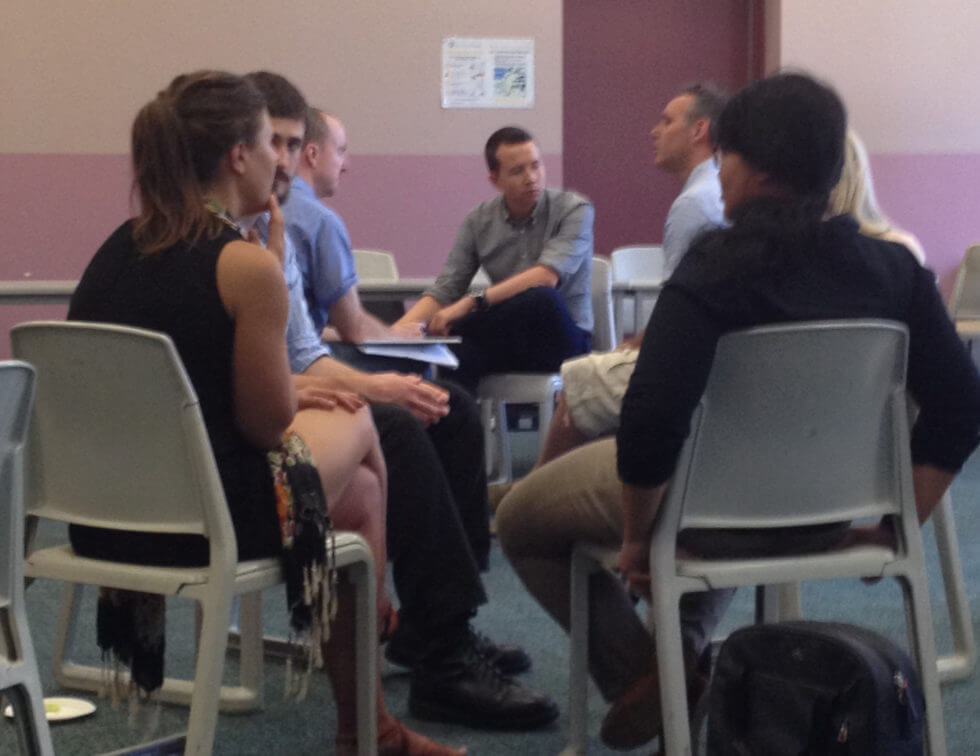
Alice Wendy Russell, Australian National University
"This contribution will involve a series of conversations. They will be orchestrated and facilitated by the presenter, but will be made and done by conference delegates who participate. The contribution seeks to demonstrate ’care‘, ’assembling‘ and the contingent and emergent nature of participation in practice. A reflection at the end will draw on STS insights and experiences from other conversations in other places. A schedule will be posted of topics and matched methods (e.g. Deficit and Expertise – fishbowl; Responsible Rhetoric in Transnational Comparison – forcefield analysis; Running out of Critique – appreciative group work)."
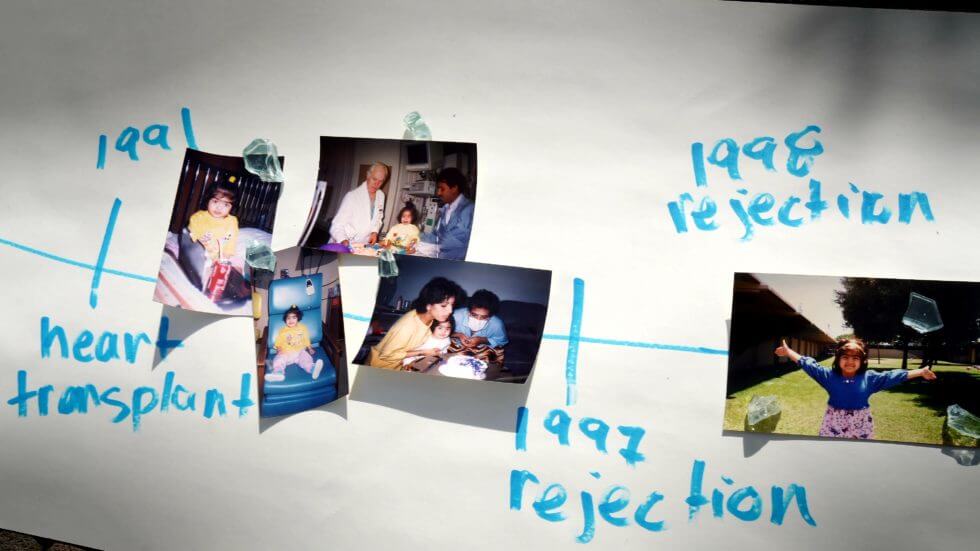
Nadine Tanio;
Nadine Tanio, UCLA, Graduate School of Education and Information Studies
My work explores how young heart transplant patients envision, articulate and navigate their transition from pediatric to adult medical care, from childhood to adulthood. I share work from an ongoing collaborative youth media research project that explores how young people transition, translate, and transform their personal experiences to shared situated knowledge. Through video shorts crafted to teach others (peers, medical and family caregivers, other transplant patients and educators) and a discussion of storytelling practices, I reflect on how narratives of positionality, of practice, and of pedagogy create communities for learning and living within the transitory spaces of high-tech modern medicine.
Transforming the standard blackbox of time
Barbara Bok, Swinburne University of Technology
With this prototype exhibit I want to intervene in the invisible but ubiquitous work that is constructing contemporary (standard) time that is embedded in STS scholars‘ practices and the phenomena they study. It is part of my project of transforming people's relationships with the future by generating opportunities for remaking the work of standard time. An array of displays of time-making accounts makes the work of constructing and imposing standard time perceptible. Activities stimulate participants to identify characteristics of standard time, examine and reflect on the effects of different time-constructing practices, and uncover unacknowledged assumptions and effects as they explore new time-making practices.
